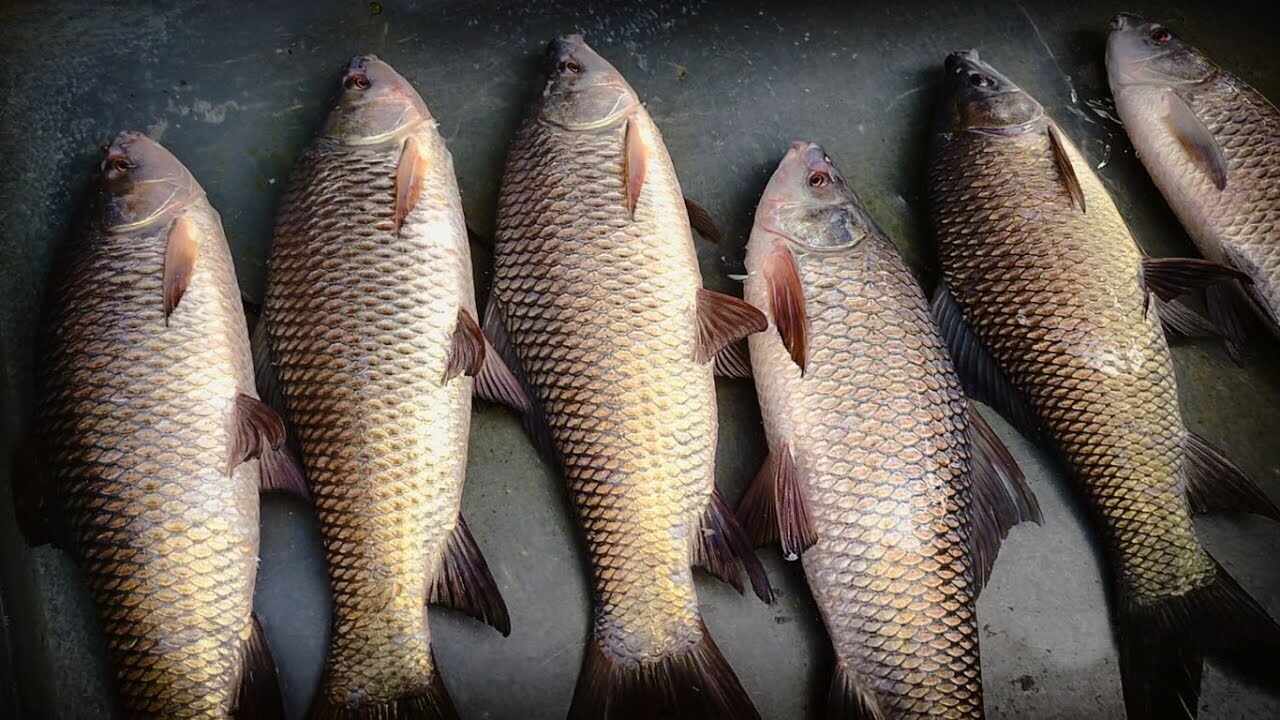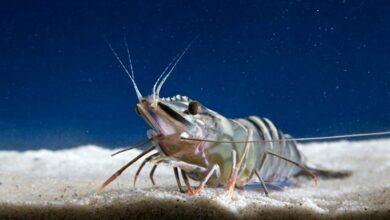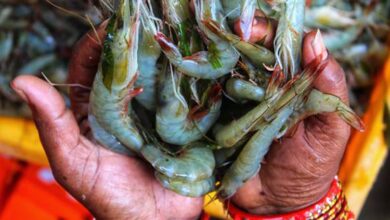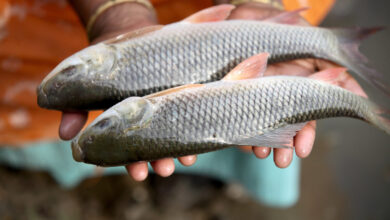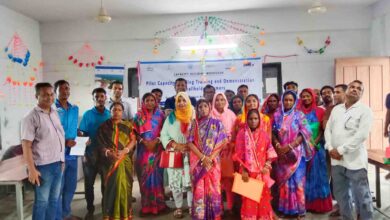The family Cyprinidae, which is thought to be the biggest family of freshwater fish, includes common carp (Cyprinus carpio). It mostly lives in freshwater habitats, especially ponds, lakes, and rivers. It seldom ever lives in brackish habitats. The third most often introduced species worldwide is the common carp. In Asia, primarily Bangladesh, it is being examined as a viable option for commercial aquaculture. Production of carp fish occurs in ponds, pools, fairways, wells, cages, recirculation systems, and other structures.
Prospects of Carp fish culture:
Carp are a very satisfying fish to capture since they may grow to enormous sizes and put up thrilling fights. As a result of their regal movements and subdued personalities, carp are frequently referred to as “the queen of rivers and lakes”. Due of its ability to alter the ecological aspects of aquatic environments, the common carp is frequently referred to as a “ecological engineer”.
The common carp has a tremendous potential for expansion. Its numerous varieties and strains can grow to a weight of roughly 0.2–0.3 kg, 1-1.2 kg, and 2.5–3.5 kg within roughly 2-3, 5-7, and 10–14 months, respectively, if the water temperature is sufficient. The culture system for this fish is relatively simple, and its development rate is rapid. This freshwater fish is in high demand in the market. This fish’s spawning season in Bangladesh lasts from March to June. At 25° to 30°C, the hatching period takes 18–20 hours. In closed waters, this fish does not reproduce. When it has increased its weight from 1.5 to 2.5 kg, it takes around one to one and a half years to reach a size that is marketable.
Problems of Carp fish culture:
The majority of Bangladesh’s aquaculture production systems are extensive and expanded extensive, with a small number of semi-intensive and rarely intensive systems. Although the culture fishery accounts for about 55% of the inland fish production, it only uses a small portion of the inland water resources, at about 1%. The majority of farmers are poor and reside in rural areas, making it impossible for them to use the intensive fish production technique that necessitates a greater input supply.
The semi-intensive culture technique, which requires moderate inputs and production management based primarily on proper stocking rate and ratio and adequate manuring on a regular basis with or without supplementary feeding, should be a suitable intermediate technology for farmers in Bangladesh.
Farmers must rely primarily on expensive artificial feed while raising carp fish. Carp fish farming requires meticulous attention, and producing spawn can be challenging for growers without technical expertise. Best quality carp brood, or fry, and fingerlings are required for a strong fish output.
Through a number of steps the government should take, Bangladesh’s fish production can be increased. Additionally, the farmer should receive the appropriate knowledge from the appropriate authorities (DOF). However, the need to import machinery from outside dramatically increases the cost of the investment.
The government in Bangladesh can create the tools to make this technology accessible to all farmers. In this regard, financial help is also crucial.
Farhana Islam
Agriculturist, Researcher

